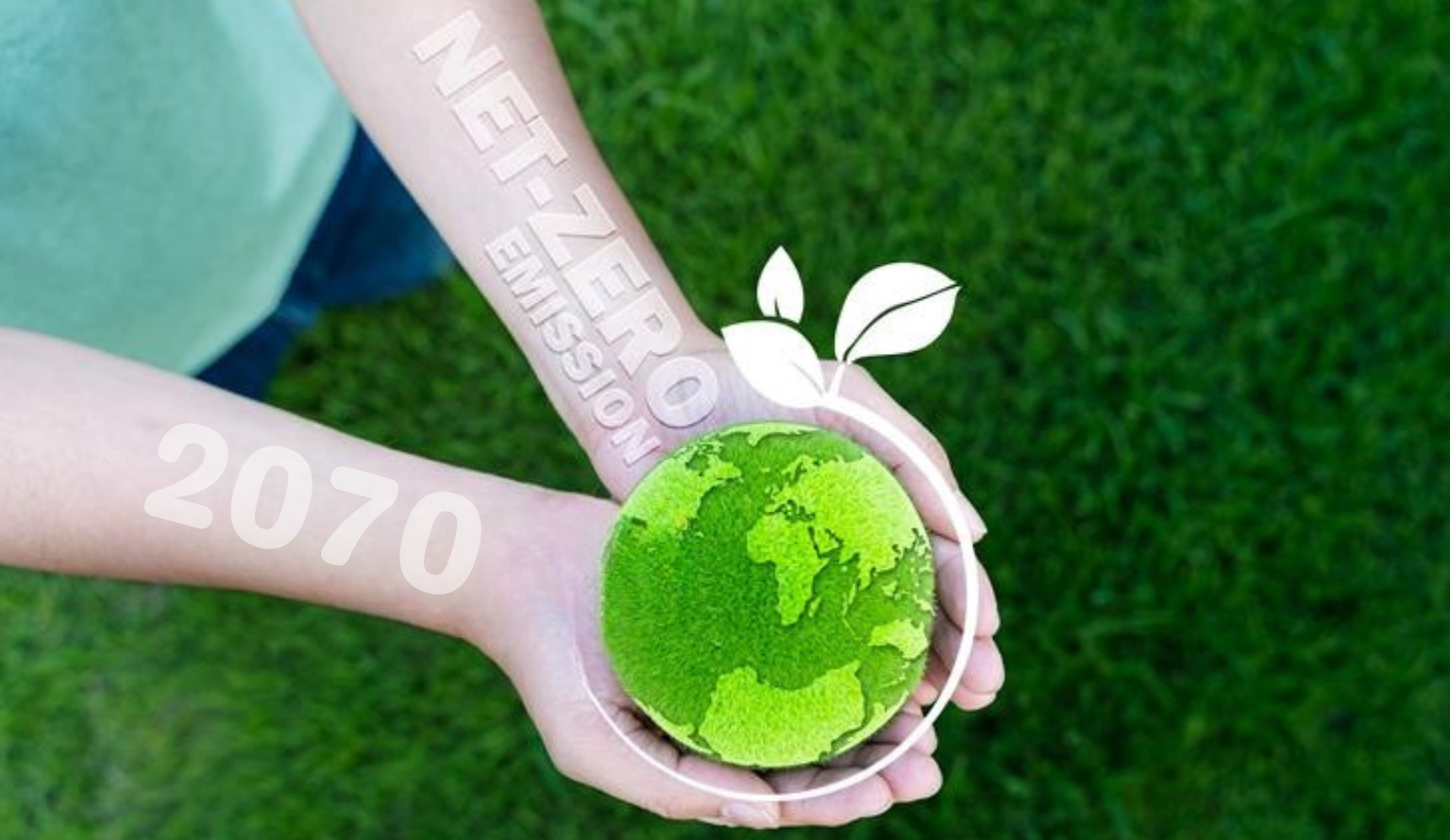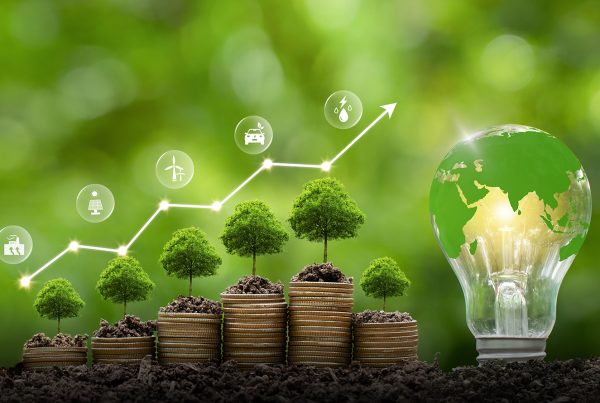Four years have passed since India made its landmark announcement at the 26th Conference of the Parties (COP26), pledging to achieve net zero emissions by 2070. This commitment continues to resonate across the global climate dialogue. While India accounts for just 4% of historical global emissions, it remains vulnerable to climate change, with erratic monsoons impacting over 600 million farmers and intensifying heatwaves challenging urban resilience. This has only sharpened the focus on India’s net zero target, transforming it from an aspiration into an urgent developmental and environmental imperative.
Since 2021, India has made notable strides in policy frameworks and renewable energy adoption. Yet, the path ahead presents both opportunities, like technological innovation and challenges, including energy security and fragmented ownership of climate action across public, private, and individual spheres. As the world’s fastest-growing major economy, India’s net zero progress will serve as a blueprint for emerging economies. Over the next 45 years, coordinated actions will be required, many aligning directly with solutions offered by organizations like the Jakson Group in powering India’s sustainable transformation. Source
Understanding India’s Strategic Framework
India’s Panchamrit goals for the foundation of the country’s climate strategy, which is a broad and multifaceted approach to tackling climate change. This five-point action plan extends far beyond mere renewable energy targets. The framework commits to:
- Installing 500 GW of non-fossil fuel capacity by 2030
- Sourcing 50% of energy requirements from renewables
- Reducing emissions intensity by 45%
- Cutting 1 billion tons of CO2 from projected emissions
- The fifth pillar focuses on achieving net zero emissions by 2070, providing a clear timeline for India’s complete decarbonization. Source
India’s Panchamrit goals represent a paradigm shift from previous climate strategies, integrating economic development with environmental stewardship. This approach ensures that climate action becomes an engine for economic growth rather than a constraint on development.
A Diverse Approach to Energy Transition
India’s transition to green energy solutions spans multiple sectors, combining traditional and innovative approaches.
- Solar Energy Leadership
India’s solar capacity has surged 3450% over the past decade, from 2.82 GW in 2014 to 100.33 GW in 2025, with 84.10 GW in progress and 47.49 GW under tender. Source
- Green Hydrogen Innovation
Alongside renewable energy growth, India is advancing cutting-edge green energy solutions like its National Green Hydrogen Mission, which aims to produce 5 million tons of hydrogen annually by 2030. This ambitious effort positions India to become a key player in the global hydrogen economy, particularly for industries that are difficult to decarbonize, such as steel and cement manufacturing.
- Biofuels Transformation
Biofuels are playing a transformative role in India’s transportation sector, with the government increasing ethanol blending to reduce reliance on fossil fuel imports. Source
- Energy Storage Advancement
Energy storage deployment is accelerating rapidly, with investments in battery storage and integration into solar projects to improve grid stability. India aims to install 51-84 GW of storage capacity by 2031-32. These advancements help address intermittency issues in renewables, ensuring a stable and reliable grid while strengthening India’s renewable energy ecosystem. Source
Challenges and Realistic Pathways
- Coal Dependency: Despite remarkable progress, significant hurdles remain on India’s path to net zero emissions. Coal still dominates electricity generation at 70%. The challenge also lies in managing a just transition for 4.5 million coal sector workers while ensuring energy security for growing industrial demand. Source Source
- Financial Gap: Financing represents another major barrier, with estimated funding requirements of $10.1 trillion through 2070. Current green finance flows of $20 billion annually fall far short of the $170 billion needed by 2030. Source
- Need for Technological Solutions: Carbon capture and storage technologies could enable cleaner coal use during the transition period. Policy reforms, including the recent approval of a National Hydrogen Policy and expanded renewable energy certificates, are creating enabling frameworks for accelerated deployment.
Jakson’s Contribution to India’s Net Zero Journey
With over 77 years of industry experience, Jakson Group exemplifies how established companies can drive India’s net zero target through comprehensive green energy solutions. Our diversified approach spans multiple decarbonization pathways.
- Our manufacturing capabilities include 1.2 GW of solar modules annually, employing cutting-edge PERC and multi-busbar technologies that enhance efficiency and reduce land requirements.
- Our green hydrogen initiatives include 300 MW electrolyser manufacturing capacity, positioning us at the forefront of India’s hydrogen economy.
- In the biofuels sector, our 150 KLPD grain-based ethanol plant in Madhya Pradesh demonstrates how sustainable production can support energy security while creating rural employment.
- Our EPC portfolio of 7 GW renewable projects and advanced battery energy storage systems provides the infrastructure backbone essential for grid modernization.
This integrated approach, combining manufacturing, project development, and emerging technologies, enables Jakson to support India’s transition across multiple sectors simultaneously.
A Vision Forward
The 2070 timeline for achieving net zero emissions under India’s Panchamrit framework reflects a realistic assessment of development priorities while maintaining climate ambition. Unlike developed nations that relied on cheap fossil fuels for industrialization, India faces the unique challenge of expanding energy access while also reducing carbon emissions. This requires innovative green energy solutions.
Success depends on collaborative action across government, industry, and civil society. As India’s Panchamrit goals continue scaling renewable capacity, advancing clean technologies, and implementing supportive policies, the nation is positioned to demonstrate that India’s net zero target is achievable. More importantly, it can serve as a model for sustainable development globally.
The journey to 2070 begins with the choices we make today.









